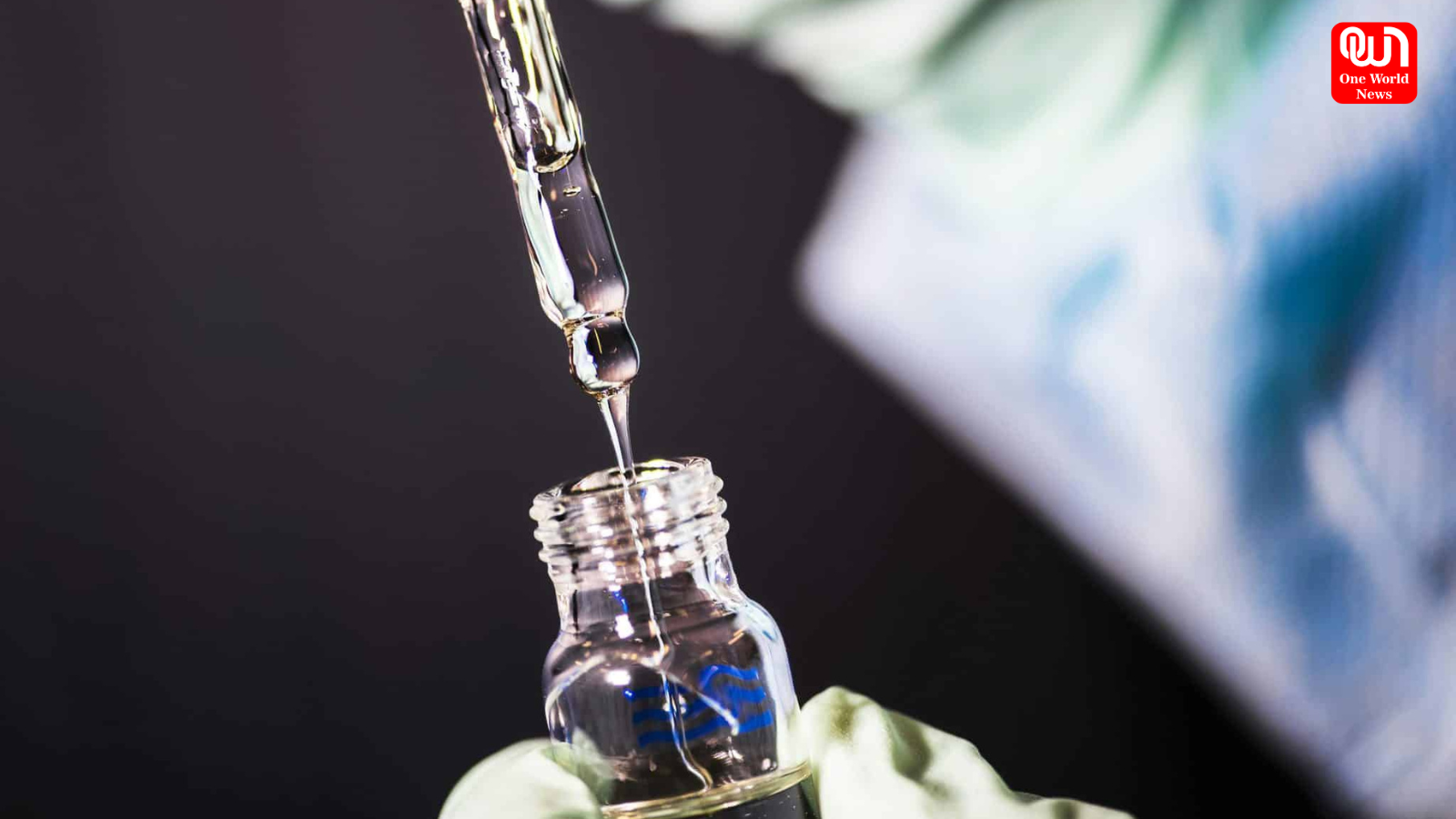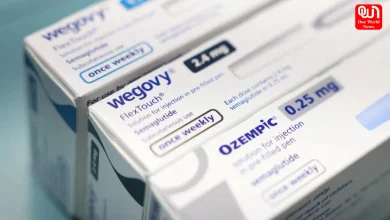Prostamax Peptide: Potential Implications in Scientific Research
Prostamax peptide has emerged as a promising compound, sparking curiosity for its potential implications in experimental settings
Prostamax peptide has emerged as a promising compound, sparking curiosity for its potential implications in experimental settings
Peptides, short chains of amino acids, have garnered significant interest in various scientific disciplines due to their diverse biological roles and interactions. Among these, Prostamax peptide has emerged as a promising compound, sparking curiosity for its potential implications in experimental settings. This article delves into the hypothesized functions and speculative exposure of Prostamax peptide in research, highlighting how it might contribute to advancements in biological sciences.
Structural and Biochemical Properties
Prostamax peptide is characterized by its precise amino acid sequence, which is theorized to be integral to its interaction with specific biomolecular targets. Studies suggest that the peptide’s structure may enable selective binding to cellular receptors or enzymes, suggesting its potential relevance in studies of molecular signaling pathways. Research indicates that the chemical stability of Prostamax in various experimental conditions might further support its appeal as a research tool, as it might maintain activity under diverse pH levels, temperatures, and storage conditions.
Moreover, its hydrophilic or hydrophobic balance, depending on the exact sequence and modifications, is believed to facilitate targeted exposure in experimental models. This property suggests that Prostamax peptide might be a valuable candidate for investigating intracellular processes, as it might traverse cellular membranes or localize within specific compartments.
Read More : Unlock 7 Ways to Keep Your Heart Healthy All Winter Long
Hypothesized Mechanisms of Action
Research indicates that Prostamax peptide may interact with molecular pathways associated with cellular maintenance and repair. Preliminary investigations purport that the peptide might modulate the activity of growth factors or other signaling molecules involved in tissue integrity. For instance, it has been hypothesized that Prostamax might influence pathways associated with protein synthesis or cellular turnover, offering a platform to explore regenerative biology.
Another potential mechanism involves its possible role in oxidative stress management. It has been theorized that Prostamax might interact with antioxidant systems within cells, potentially mitigating damage caused by reactive oxygen species (ROS). This hypothetical role positions the peptide as a potential candidate for studying cellular resilience in oxidative environments, such as those encountered during inflammation or cellular aging.
Possible Implications in Cellular and Molecular Research
- Tissue Studies
Scientists speculate that one area where Prostamax peptide might be applied is tissue regeneration research. The peptide’s theorized impact on cellular turnover suggests that it might aid in understanding processes such as wound healing or organoid development. For example, investigations purport that Prostamax might serve as a tool for investigating the signaling networks involved in fibroblast proliferation or extracellular matrix remodeling. Such studies might deepen our understanding of how tissues restore their structure and function following injury.
- Cellular Aging and Longevity Research
Cellular aging-related changes in cellular function remain a significant area of investigation, and Prostamax peptide seems to offer insights into these processes. Findings imply that by potentially modulating pathways linked to protein homeostasis or oxidative stress, the peptide might expose the mechanisms underlying cellular senescence and lifespan extension. It has been theorized that Prostamax might help elucidate the interplay between molecular signaling and the gradual decline in physiological function observed in cellular aging.
- Stress Response and Adaptation
Scientists speculate that Prostamax peptide might also be employed to explore responses to environmental or metabolic stressors. Its hypothesized interactions with cellular antioxidant systems suggest that it might be instrumental in studying stress adaptation mechanisms.
- Exploration in Neuroscience
The nervous system, with its complex interplay of signaling molecules, presents a fertile ground for exploring Prostamax’s potential implications. The peptide’s theorized role in modulating growth factors and oxidative stress pathways might make it a candidate for studying neuronal maintenance and repair. For instance, it has been hypothesized that Prostamax might be utilized in experimental models to examine how neuronal cells respond to injury or degenerative conditions.
- Potential in Immunological Research
The immune system’s adaptability and precision are central to maintaining function, and Prostamax peptide has been theorized to serve as a valuable tool in this domain. Hypotheses surrounding its role in oxidative stress management and cellular repair suggest that it might expose immune cell function and resilience. For instance, Prostamax appears to provide a platform to investigate how macrophages or T cells adapt to inflammatory environments or oxidative challenges.
Prostamax in Experimental Models
Prostamax peptide might be of interest in various experimental models, ranging from cell cultures to whole studies. In vitro studies might employ the peptide to explore its interactions with specific cell types, such as fibroblasts, neurons, or immune cells. These investigations might shed light on the molecular pathways influenced by Prostamax and provide a foundation for more complex experiments.
Future Directions and Speculative Implications
The versatility of Prostamax peptide suggests that its potential implications in research might extend beyond current hypotheses. For instance, the peptide might be incorporated into bioengineering projects, such as the development of biomaterials that mimic endogenous tissue properties. By integrating Prostamax into scaffolds or hydrogels, researchers might create environments that promote cell growth and differentiation, advancing tissue engineering efforts.
Conclusion
Prostamax peptide holds promise as a versatile tool for scientific research, with potential implications spanning regenerative biology, neuroscience, immunology, and beyond. While much remains to be explored regarding its mechanisms and impacts, the peptide’s unique properties position it as a valuable candidate for advancing our understanding of complex biological systems. As investigations into Prostamax continue, it might unlock new opportunities for innovation and discovery in the various sciences. Visit www.corepeptides.com for the best research compounds.
References
[i] Saha, S., & Bragg, A. D. (2017). Regenerative peptides: An emerging area in tissue repair and engineering. Biomaterials Science, 5(2), 216-228.
[ii] López-Otín, C., Blasco, M. A., Partridge, L., Serrano, M., & Kroemer, G. (2013). The hallmarks of aging. Cell, 153(6), 1194-1217.
[iii] Wang, Z., & Xu, J. (2010). Effects of oxidative stress on cell signaling pathways. Current Opinion in Cell Biology, 22(2), 187-193.
[iv] Nathan, C., & Ding, A. (2010). Reactive oxygen species and antioxidants in the immune system. Nature Reviews Immunology, 10(10), 811-822.
[v] D’Hondt, E., Hofmann, S., Steyaert, A., & Dumoulin, M. (2014). Engineering stable peptides: Strategies and applications in biomedical research. Trends in Biotechnology, 32(1), 69-79.
We’re now on WhatsApp. Click to join.
Like this post?
Register at One World News to never miss out on videos, celeb interviews, and best reads.








